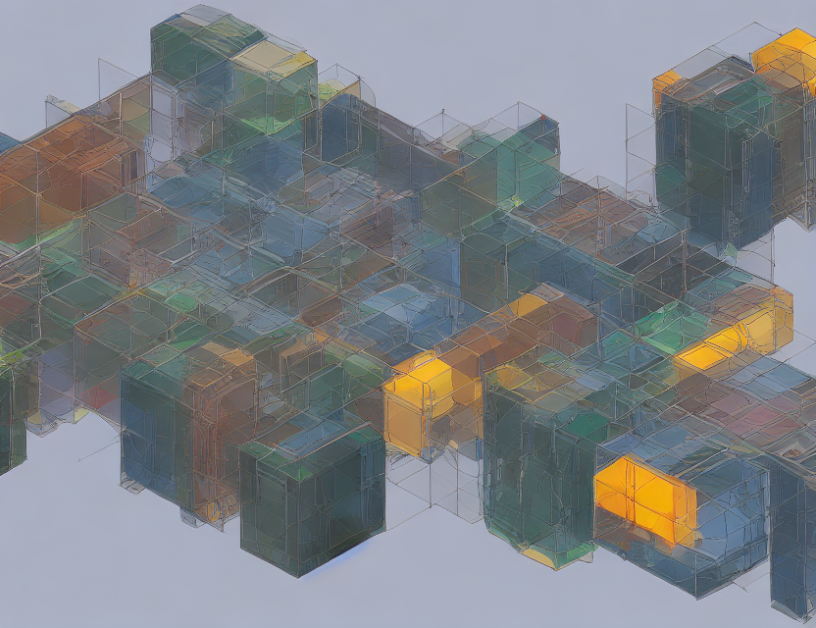In this article, we delve into the theoretical foundations of analog Hadamard compression, a technique that has gained significant attention in recent years due to its potential applications in fields such as signal processing and data storage. Our journey begins with an introduction to the concept of polarization, which serves as the cornerstone of analog Hadamard compression.
Polarization: The Key to Unlocking Analog Hadamard Compression
Imagine you are at a party surrounded by people with different personality traits. You want to identify and group these individuals based on their characteristics, but you quickly realize that it’s not as simple as creating categories for each person. The line between one category and another can be fuzzy, and there may be some overlap between them. This is where polarization comes in – a process of categorizing individuals into groups based on their similarities and differences.
In the context of analog Hadamard compression, polarization involves transforming a matrix of binary vectors into a new matrix that captures more information about the underlying data. By doing so, we can compress the data more efficiently and accurately. The process is like sorting toys in a box based on their colors or shapes – it helps us identify patterns and group similar items together.
Binary Polar Codes: A New Frontier in Compression Research
Once we have polarized the matrix, we can use binary polar codes to further compress the data. These codes are like treasure maps that lead us to the most important information in the data. By following these maps, we can identify and extract the most valuable pieces of information, leaving behind redundant data that is less important.
The beauty of binary polar codes lies in their ability to represent a large amount of information using a relatively small number of bits. It’s like packing a lot of clothes into a small suitcase – we may not be able to fit everything, but we can still carry the essentials with us.
Commonness and Discrete Entropy: The Heart of Sequential Reconstruction
Now, let’s talk about commonness and discrete entropy. These concepts are like two puzzle pieces that fit together perfectly in the context of sequential reconstruction. Commonness refers to the degree to which a particular row is represented across different positions in the polarized matrix. Discrete entropy, on the other hand, measures how much information is required to represent each row.
When we have a common row, it means that there is a high chance of finding it in multiple positions across the matrix. This increases the accuracy of sequential reconstruction, which is like building a puzzle piece by piece. By focusing on common rows, we can fill in the gaps more efficiently and with greater confidence.
Calculating LR and Convolution: The Magic of Binary Polar Codes
Now that we have discussed commonness and discrete entropy, let’s dive into how we calculate LR (longitude-latitude ratio) and convolution using binary polar codes. These calculations are like solving a complex math problem – we need to follow the rules and use the right formulas to get the correct answer.
LR measures how well the polarized matrix represents the underlying data, while convolution calculates the degree of similarity between two rows in the matrix. By understanding these concepts, we can optimize our compression algorithms and achieve better results.
Decoding: The Final Frontier
Finally, we come to decoding – the process of reconstructing the original data from the compressed information. Decoding is like putting together a puzzle – we start with a few pieces and gradually add more until we have the complete picture.
In the context of binary polar codes, decoding involves estimating the most likely sequence of values that generated the compressed data. This process is based on probability theory, which is like solving a game of probability poker – we need to use our knowledge of odds and probabilities to make informed decisions.
Conclusion: Unlocking the Potential of Analog Hadamard Compression
In conclusion, this article has provided an overview of the theoretical basis for analog Hadamard compression. By understanding polarization, binary polar codes, commonness, discrete entropy, LR, and convolution, we can unlock the full potential of this powerful technique. Whether you’re a seasoned researcher or just starting out, we hope that this article has provided valuable insights into the world of analog Hadamard compression. Happy compressing!



